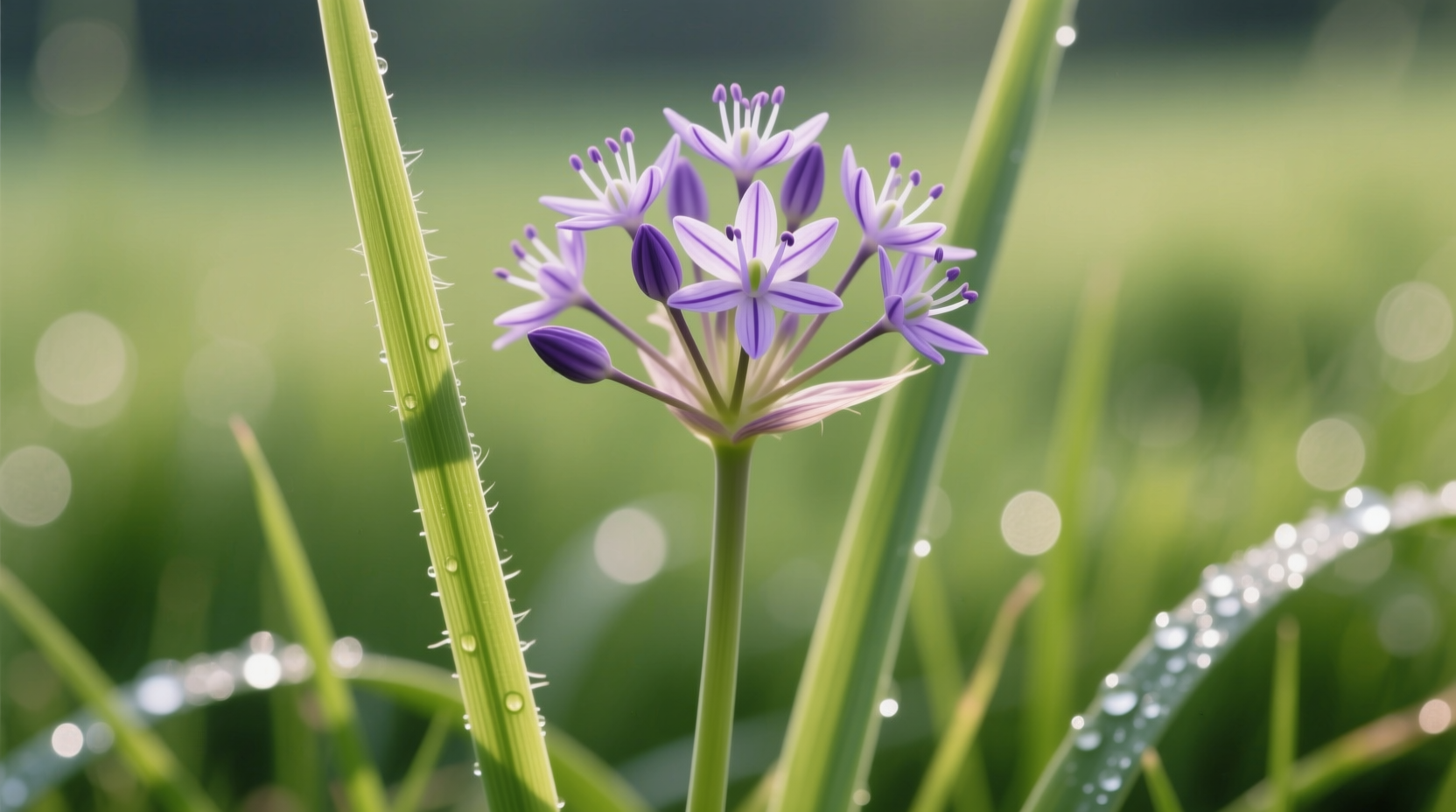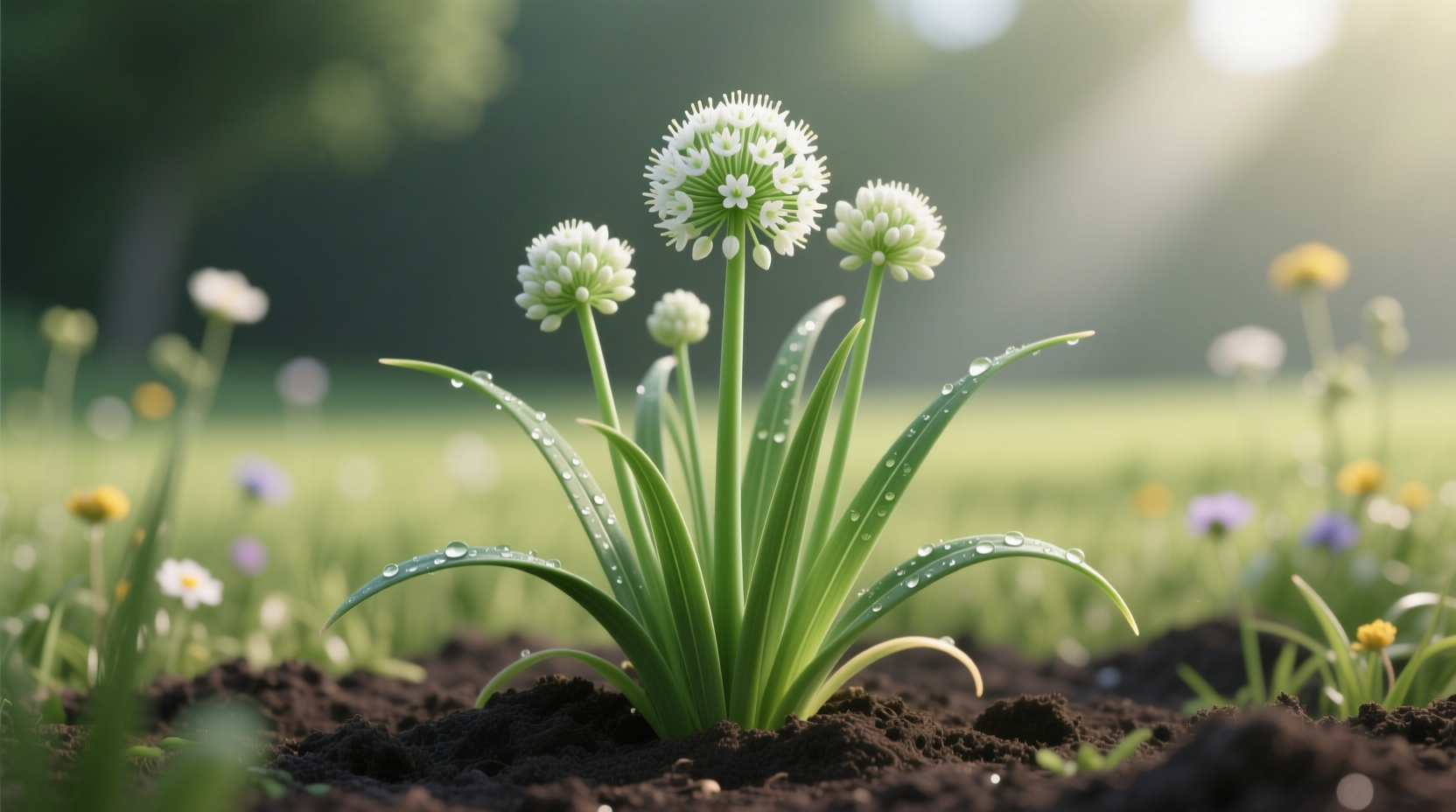Discover how to safely identify, harvest, and use this versatile wild edible that's often mistaken for a common lawn weed. This guide provides practical, science-backed information to help you confidently incorporate onion grass into your cooking while avoiding dangerous look-alikes.
What Exactly Is Onion Grass?
Onion grass (Allium vineale), also known as field garlic or crow garlic, is a perennial plant in the Allium family that grows wild across North America, Europe, and Australia. Unlike cultivated onions, this hardy plant thrives in lawns, meadows, and disturbed soils without human intervention.
When you encounter this plant in the wild, look for these key identifying features:
- Hollow, cylindrical leaves that grow in clusters
- Distinct onion or garlic aroma when crushed
- Small pink or purple flower clusters in late spring
- Bulbils (tiny aerial bulbs) forming where flowers should be
- Typical height of 6-18 inches
| Feature | Onion Grass (Allium vineale) | Death Camas (Toxic Look-alike) |
|---|---|---|
| Leaf Structure | Hollow and cylindrical | Solid and flat or V-shaped |
| Scent Test | Strong onion/garlic aroma | No distinctive scent |
| Flower Color | Pink or purple clusters | White or yellow clusters |
| Bulb Type | Small bulbs with purple tinge | Larger, white or yellow bulbs |
According to the USDA Plants Database, proper identification is critical because death camas (Zigadenus venenosus) contains zygacine, a neurotoxin that can cause severe illness. The University of California Agriculture and Natural Resources confirms that the scent test provides the most reliable field identification method for foragers.
Is Onion Grass Actually Edible?
Yes, all parts of onion grass are edible and safe to consume. The entire plant offers culinary value:
- Leaves: Best harvested in early spring when tender, with a mild onion flavor perfect for salads, omelets, and garnishes
- Bulbs: Small but flavorful, excellent pickled or used raw in dishes requiring subtle onion notes
- Bulbils: The tiny aerial bulbs have the strongest flavor and work well as a garlic substitute
Nutritionally, onion grass contains allicin (the same beneficial compound found in garlic), along with vitamins A and C. Research from Cornell University's Department of Plant Biology shows wild Allium species often contain higher concentrations of beneficial phytochemicals than their cultivated counterparts.

Practical Culinary Applications
Unlike store-bought onions, onion grass delivers a delicate flavor that enhances dishes without overwhelming them. Try these preparation methods:
Harvesting Best Practices
Collect leaves in early morning after dew has dried but before midday heat. Use scissors to cut leaves about 2 inches above the soil line, allowing the plant to regenerate. For bulbs, gently dig around the base rather than pulling, which often breaks the slender roots.
Cooking Techniques
- Raw applications: Finely chop leaves for salads, compound butters, or as a garnish for soups and baked potatoes
- Cooked applications: Add whole stems to soups and stews during the last 5 minutes of cooking
- Pickling: Preserve bulbils in vinegar with peppercorns for a gourmet condiment
Gardening Considerations
While many consider onion grass a persistent lawn weed, it actually offers ecological benefits. This hardy perennial:
- Improves soil structure with its deep root system
- Repels certain insect pests with its natural sulfur compounds
- Provides early-season nectar for pollinators
If you prefer to remove it from your lawn, the most effective method is manual digging to extract the entire bulb system. Chemical herbicides often prove ineffective against established Allium vineale populations, according to research from the USDA Natural Resources Conservation Service.
Sustainable Foraging Guidelines
When harvesting wild onion grass, follow these ethical foraging principles:
- Take no more than 20% of any single patch to ensure plant survival
- Avoid areas potentially contaminated by pesticides or heavy metals
- Never harvest in protected natural areas without proper permits
- Always positively identify plants using multiple characteristics











 浙公网安备
33010002000092号
浙公网安备
33010002000092号 浙B2-20120091-4
浙B2-20120091-4